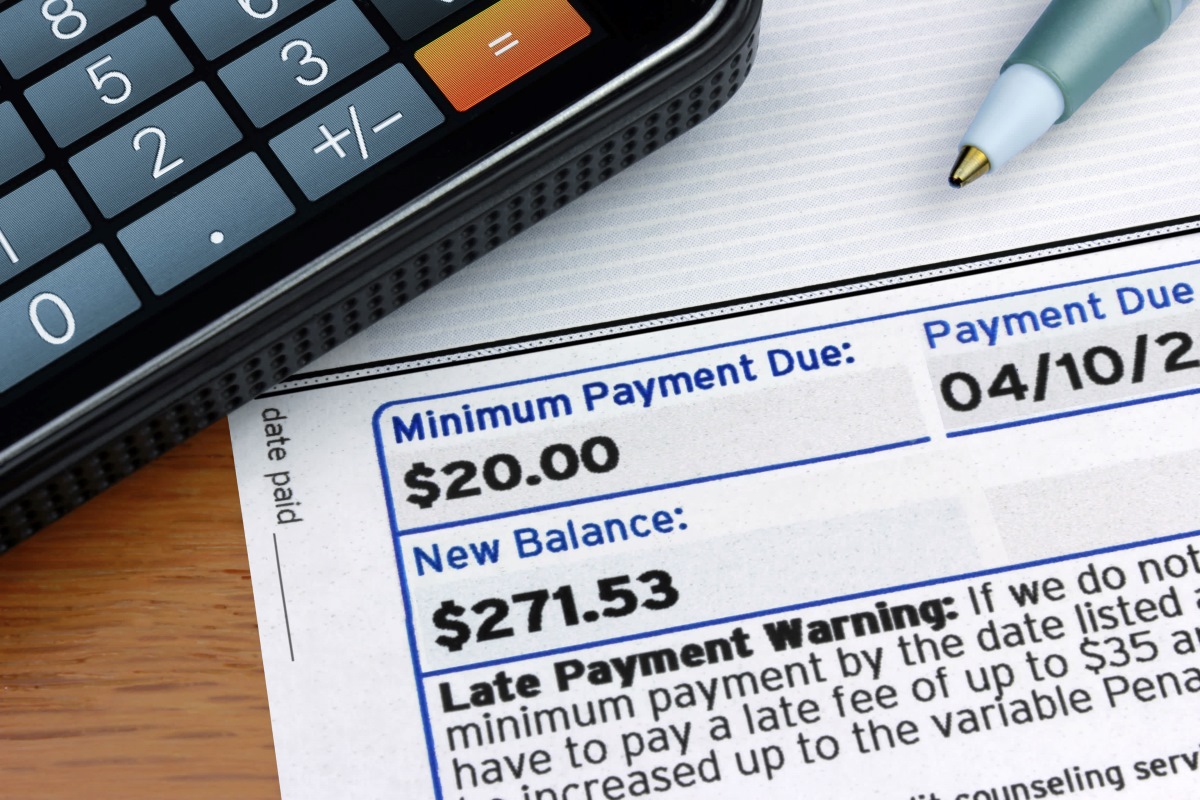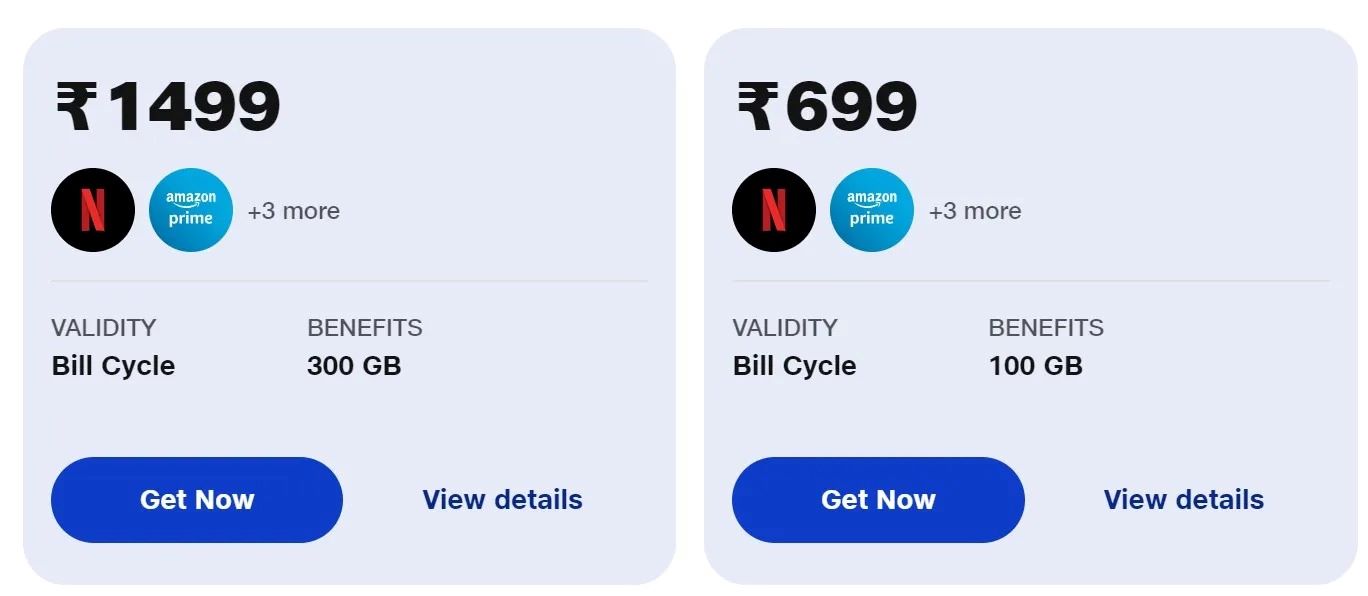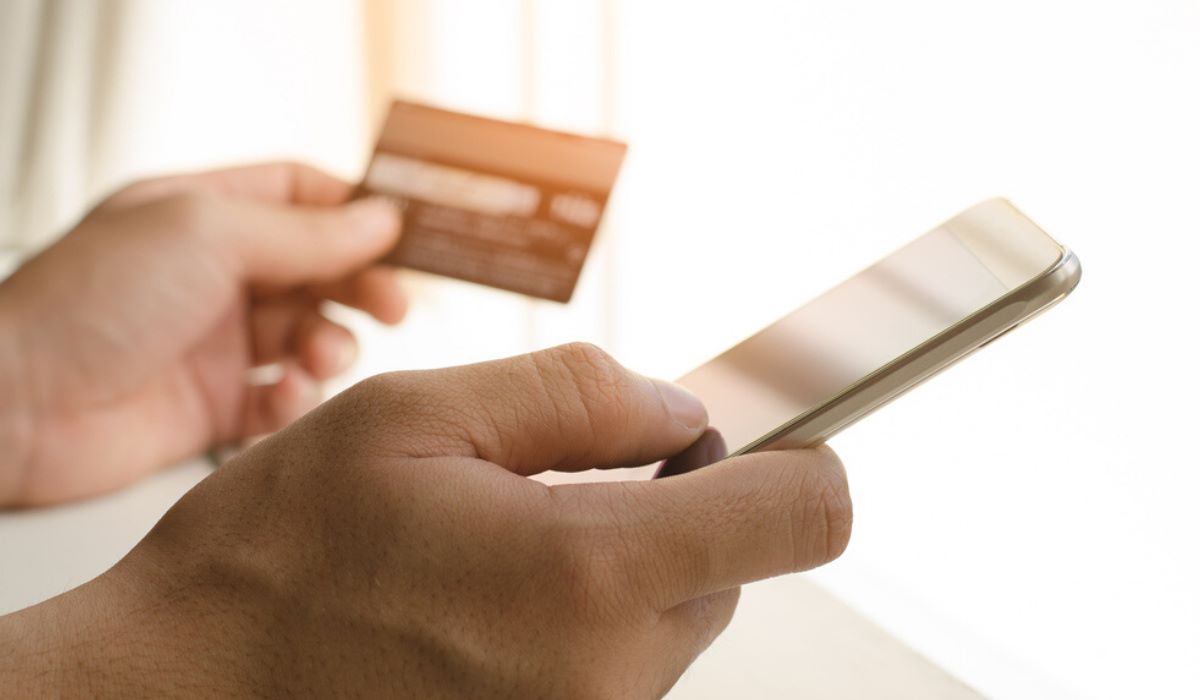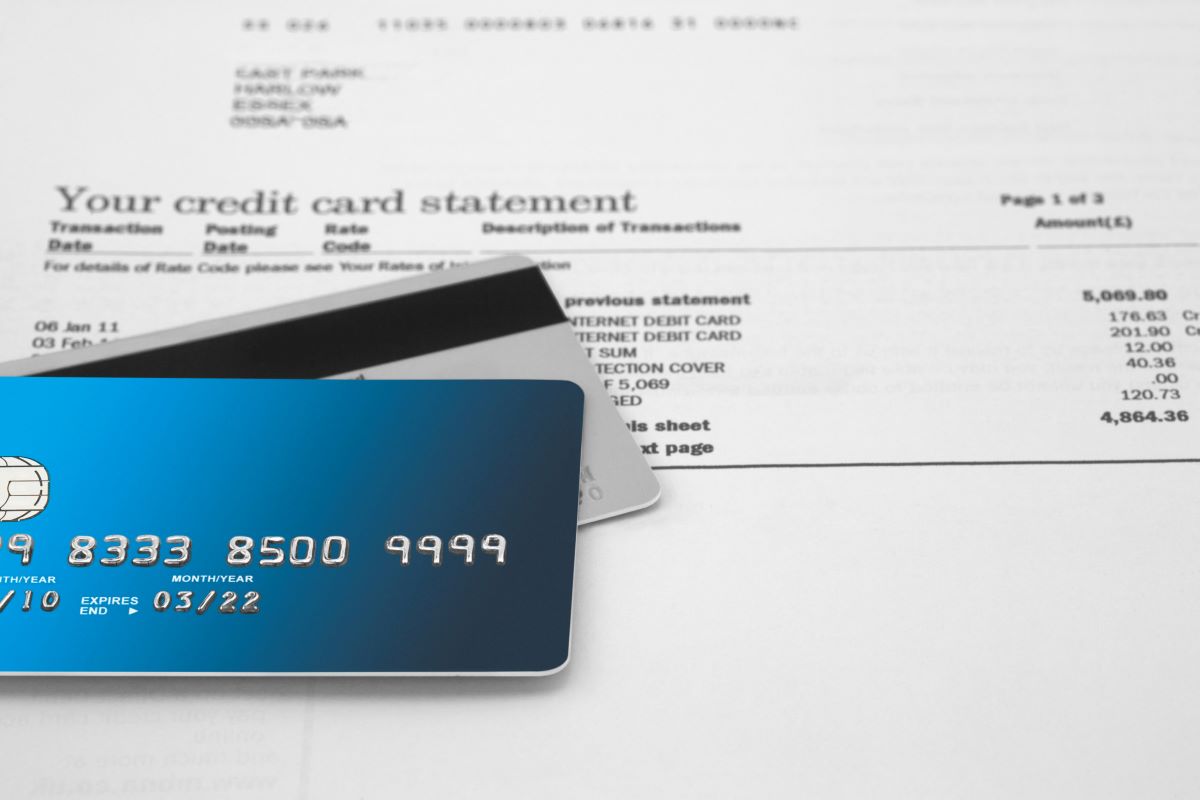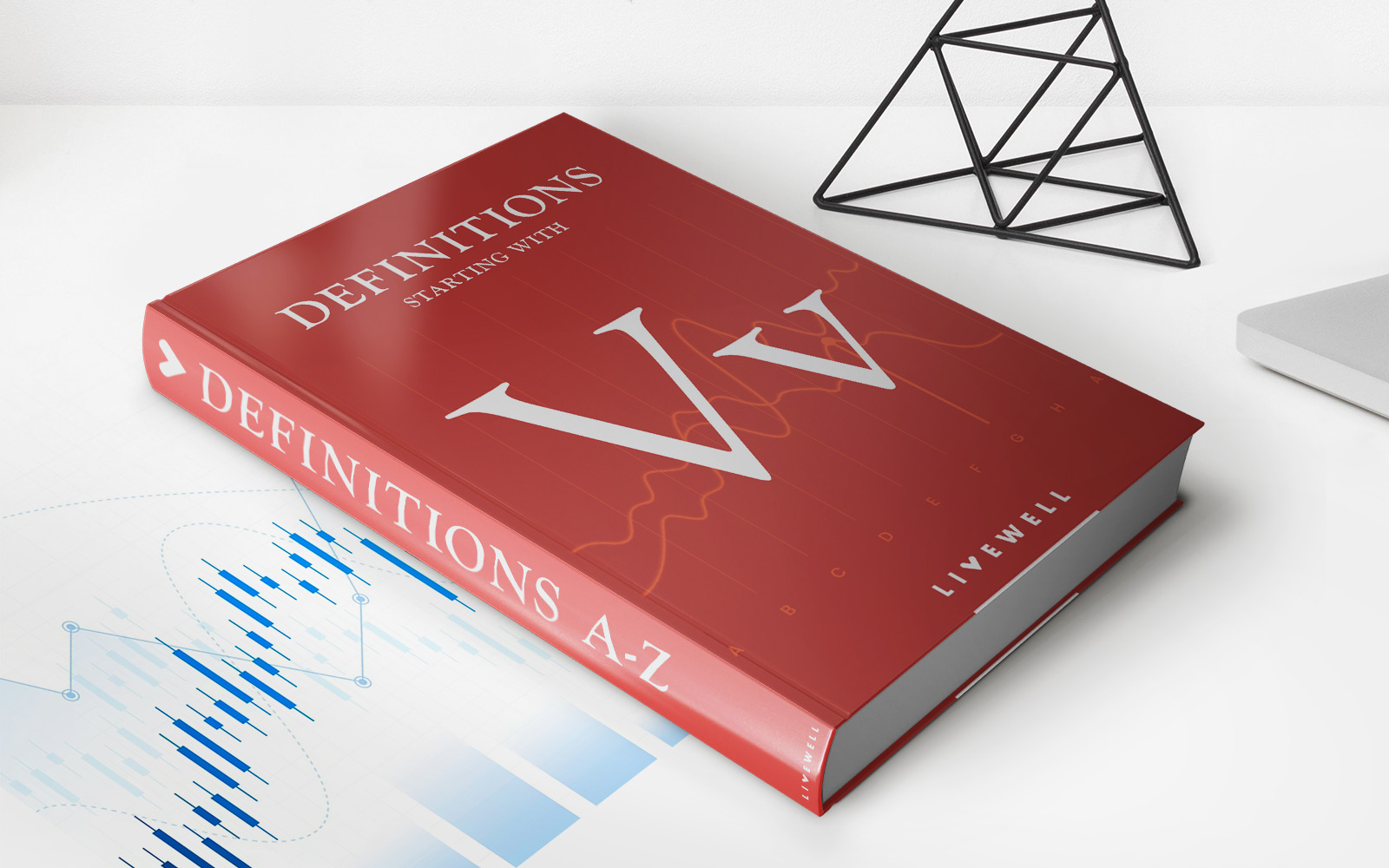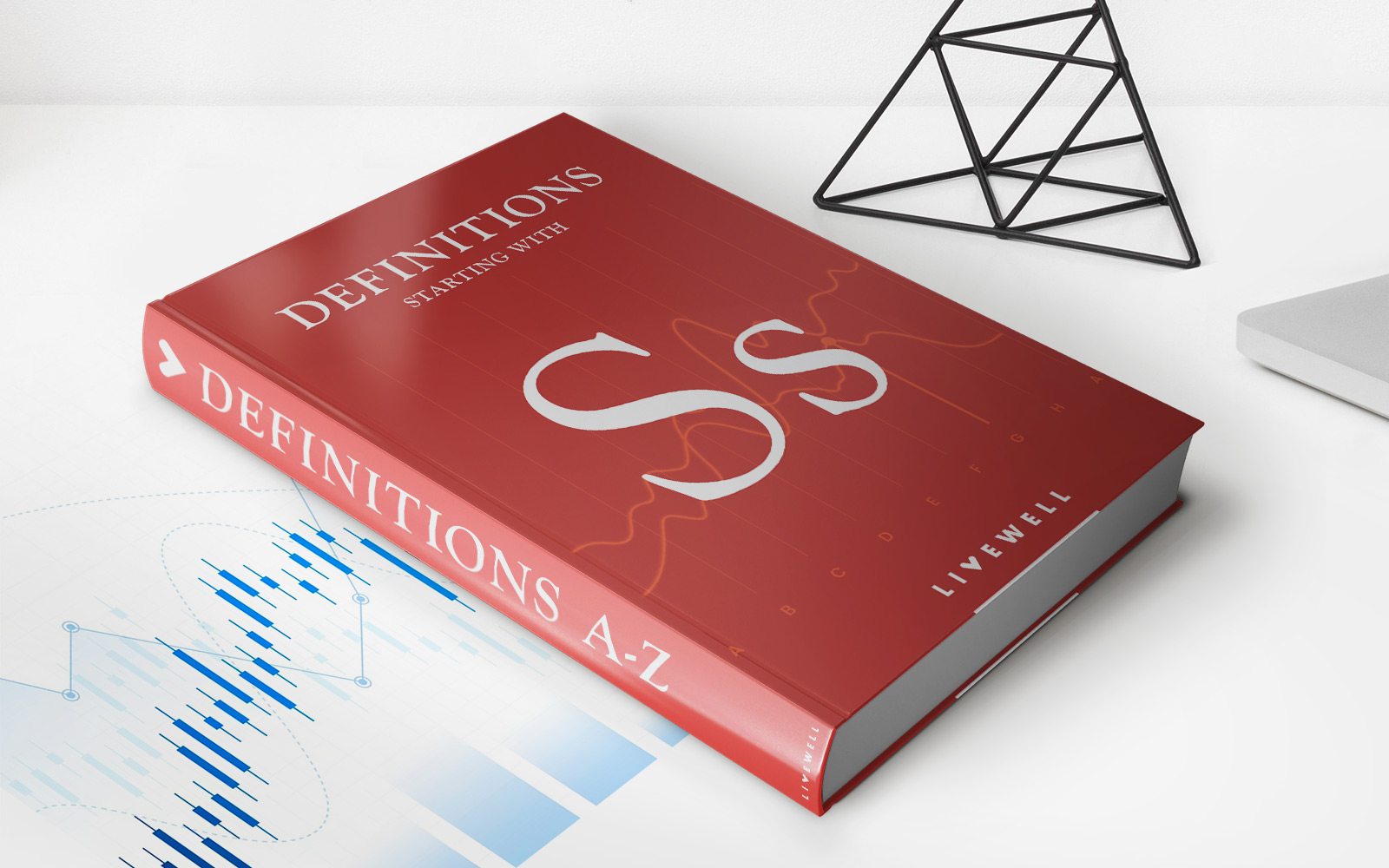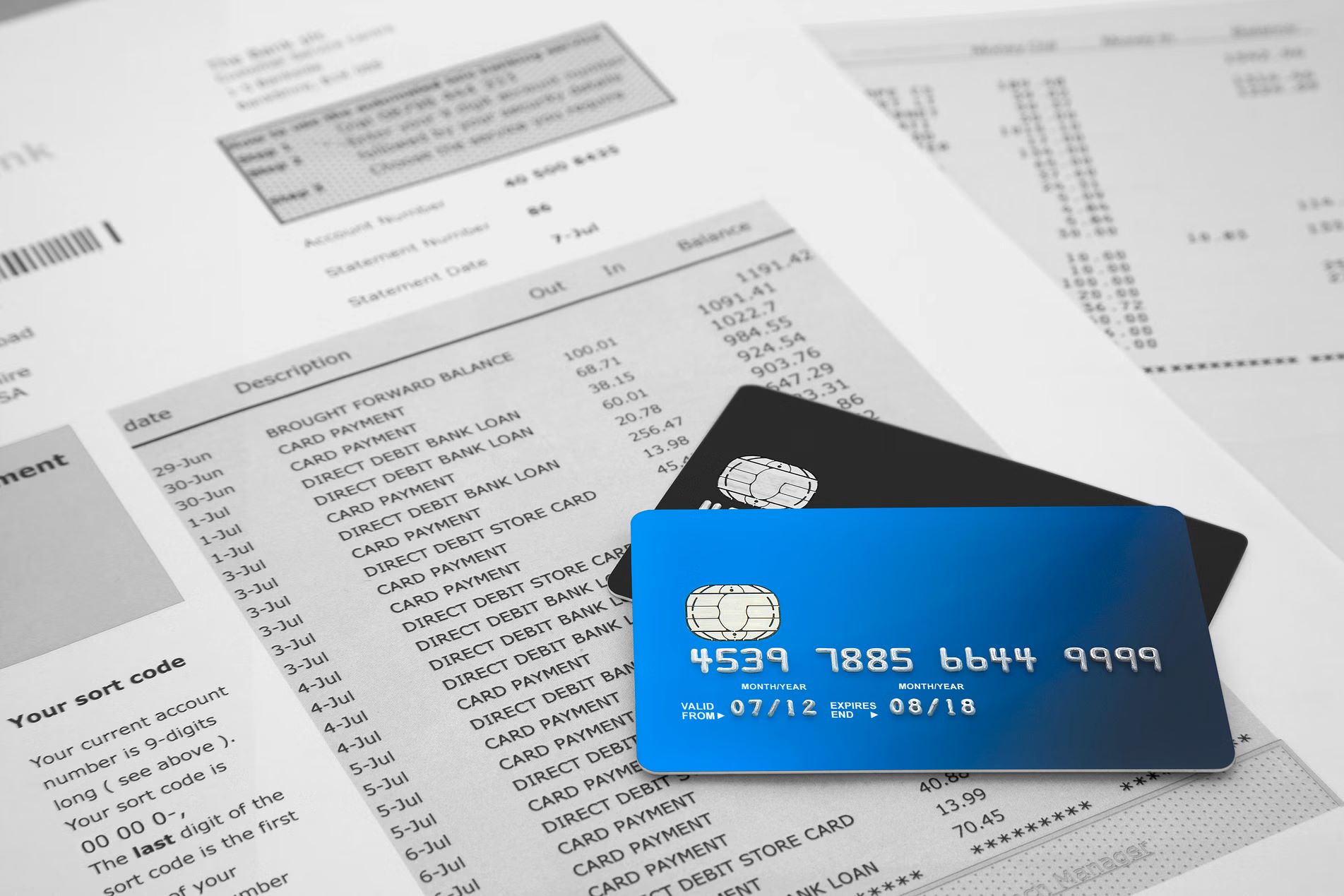

Finance
When Is My Credit Card Billing Cycle
Modified: February 21, 2024
Learn about the billing cycle of your credit card and its importance for managing your finances effectively. Gain insights on when your payments are due and how to optimize your credit card usage.
(Many of the links in this article redirect to a specific reviewed product. Your purchase of these products through affiliate links helps to generate commission for LiveWell, at no extra cost. Learn more)
Table of Contents
- Introduction
- What is a Credit Card Billing Cycle?
- How Does a Credit Card Billing Cycle Work?
- Determining Your Credit Card Billing Cycle
- Importance of Understanding Your Credit Card Billing Cycle
- Key Dates to Remember in Your Credit Card Billing Cycle
- Tips for Managing Your Credit Card Billing Cycle
- Frequently Asked Questions (FAQs)
- Conclusion
Introduction
Welcome to the world of credit cards, where you can enjoy the convenience of making purchases now and paying for them later. But have you ever wondered how credit card billing cycles work? Understanding your credit card billing cycle is crucial for managing your finances effectively and avoiding any surprises when it comes to your credit card statements.
When you open a credit card account, you will be assigned a billing cycle. This cycle refers to the period of time between your credit card statements, typically spanning anywhere from 28 to 31 days. During this time, your credit card issuer tracks your purchases, payments, and any interest charges that may apply. At the end of the billing cycle, you will receive your credit card statement detailing your transactions and the amount you owe.
Many credit cardholders find the concept of billing cycles confusing, especially when it comes to determining when their payment is due or calculating the grace period they have to pay off their balance without incurring interest charges. In this article, we will delve into the intricacies of credit card billing cycles and provide you with the necessary information to navigate this aspect of credit card ownership with confidence.
So, whether you’re new to credit cards or a seasoned cardholder looking to gain a better understanding, read on to discover how credit card billing cycles work and why they are important to your financial well-being.
What is a Credit Card Billing Cycle?
A credit card billing cycle refers to the period of time between each credit card statement issued by your credit card company. It is the timeline in which your credit card purchases, payments, and any interest charges are recorded and calculated. This cycle can vary between credit card issuers, but it typically ranges from 28 to 31 days.
During the billing cycle, all of your credit card activity is documented and analyzed. This includes every purchase you make using your credit card, every payment you make towards your outstanding balance, and any interest or fees that may apply. At the end of the billing cycle, your credit card company will generate a statement summarizing your activity and showing the balance you owe.
It is important to understand that credit card billing cycles do not necessarily align with calendar months. For example, your billing cycle may run from the 15th of one month to the 14th of the next month. This means that your billing cycle can start on any day of the month, depending on when you opened your credit card account or when your card issuer assigns your billing cycle.
It’s worth noting that credit card billing cycles are separate from the due date for your payment. The due date is the deadline for making your minimum payment to avoid late fees and penalties. Understanding the relationship between the billing cycle and the due date is essential for effectively managing your credit card account and avoiding unnecessary interest charges.
Now that you have a better understanding of what a credit card billing cycle entails, let’s explore how it works in more detail and how it can impact your finances.
How Does a Credit Card Billing Cycle Work?
A credit card billing cycle is a recurring period during which your credit card activity is tracked, calculated, and documented by your credit card company. It is important to understand how this cycle works to effectively manage your credit card account and avoid any surprises when it comes to your monthly statement.
Here’s a breakdown of the key steps involved in the credit card billing cycle:
- Start Date: The billing cycle begins on a specific date, which may vary depending on your credit card issuer. This start date marks the beginning of the cycle and is typically the day after your previous billing cycle ended or the day you opened your credit card account.
- Purchase Period: During the billing cycle, any purchases you make with your credit card are recorded and accumulated. This includes both in-store and online transactions.
- Payment Due Date: Towards the end of the billing cycle, your credit card statement will be generated. This includes a summary of your purchases, payments, and any outstanding balance. The statement will also indicate the due date for your payment, which is the deadline for making at least the minimum required payment to avoid late fees and penalties.
- Grace Period: Most credit cards offer a grace period, which is the period of time between the end of the billing cycle and the due date for your payment. During this grace period, you have the opportunity to pay off your balance in full without incurring any interest charges. It’s important to note that not all credit card transactions qualify for the grace period, so be sure to review your credit card terms and conditions to understand which transactions are eligible.
- Interest Charges: If you carry a balance beyond the grace period and do not pay it off in full, interest charges will apply. The interest rate, also known as the Annual Percentage Rate (APR), varies depending on your credit card agreement. These interest charges can quickly accumulate, so it’s important to pay attention to your payment due date and avoid carrying a balance whenever possible.
- New Cycle Begins: After your payment is received and processed, a new billing cycle begins, and the cycle continues as described above.
Understanding how the credit card billing cycle works is crucial for managing your finances effectively and maximizing the benefits of your credit card. By keeping track of your purchases, paying attention to your payment due date, and taking advantage of the grace period, you can maintain control of your credit card usage and avoid unnecessary interest charges.
Now that you have a clear understanding of how a credit card billing cycle operates, let’s explore how you can determine your specific billing cycle.
Determining Your Credit Card Billing Cycle
Understanding your credit card billing cycle is essential for managing your credit card effectively. Each credit card issuer may have slightly different processes for determining billing cycles, but here are some common methods used:
- Account Opening Date: In many cases, your credit card billing cycle will be determined by the date you opened your credit card account. For example, if you opened your account on the 10th of the month, your billing cycle may run from the 10th of one month to the 9th of the following month.
- Assignment by Credit Card Company: Some credit card issuers will assign your billing cycle based on their internal processes. This means that they will determine your cycle start and end dates independently, typically aligning them with a specific day of the month. For instance, your billing cycle may run from the 1st of the month to the last day of the month.
- Statement Date: Your credit card statement date is another factor that can help determine your billing cycle. The statement date is the day your credit card company prepares your monthly statement. Often, the end of the billing cycle coincides with the statement date, meaning your billing cycle ends on the day before your statement date. For example, if your statement date is the 15th of the month, your billing cycle may end on the 14th.
- Customizable Billing Cycle: In some cases, credit card companies may provide the option to select your preferred billing cycle. This allows you to align your credit card statement dates with your income and other financial commitments. However, not all credit card issuers offer this option, so it’s essential to check with your specific provider.
To determine your specific billing cycle, it is best to consult your credit card agreement or contact your credit card issuer directly. They will provide you with the exact start and end dates of your billing cycle, as well as any additional information you may need.
It’s important to keep in mind that your billing cycle may not align with the calendar month. Understanding your billing cycle dates is crucial for managing your credit card payments and avoiding any late fees or interest charges.
Now that you know how to determine your credit card billing cycle, let’s explore why it is important to have a clear understanding of this aspect of credit card usage.
Importance of Understanding Your Credit Card Billing Cycle
Understanding your credit card billing cycle is crucial for managing your credit card effectively and staying in control of your finances. Here are a few key reasons why it is important to have a clear understanding of your billing cycle:
- Payment Timeliness: Knowing your billing cycle allows you to make your credit card payments on time. By being aware of the due date for your payment, you can avoid late fees and penalties. Making payments by the due date also helps maintain a positive payment history, which is essential for your credit score.
- Grace Period Utilization: Your billing cycle determines the length of your grace period. The grace period is the time between the end of the billing cycle and the due date for the payment. By understanding the length of your grace period, you can strategically time your purchases to maximize the interest-free period. This means that if you pay off your balance in full by the due date, you can avoid accruing any interest charges.
- Budgeting and Planning: Knowing when your billing cycle starts and ends can help you better plan your budget. It allows you to anticipate when your credit card statement will be generated and when your payment will be due. This information enables you to allocate funds accordingly, ensuring that you have enough money set aside for your credit card payments.
- Tracking Your Spending: Understanding your billing cycle helps you keep track of your credit card spending. By reviewing your credit card statements regularly, you can monitor your expenses, identify any discrepancies, and make adjustments to your spending habits if needed. This level of awareness is crucial for maintaining a healthy financial lifestyle.
- Managing Debt: Your billing cycle plays a significant role in managing your credit card debt. By knowing when your billing cycle ends and when your statement is generated, you can keep track of the balance you owe and plan your payments accordingly. This level of organization can help you pay off your debt more efficiently and avoid unnecessary interest charges.
By understanding your credit card billing cycle, you can take control of your financial well-being. It allows you to make informed decisions about your credit card usage, stay on top of your payments, and maintain a healthy credit score. Take the time to familiarize yourself with the details of your billing cycle and use it to your advantage.
Now, let’s explore the key dates you should remember within your credit card billing cycle.
Key Dates to Remember in Your Credit Card Billing Cycle
Within your credit card billing cycle, there are several important dates to keep in mind. Understanding these key dates will help you stay organized, make timely payments, and avoid any unnecessary fees or charges. Here are the key dates to remember:
- Billing Cycle Start Date: This is the date your credit card billing cycle begins. It marks the start of the period in which your credit card purchases and payments are recorded. The specific start date can vary depending on your credit card issuer or the terms of your credit card agreement.
- Purchase Period: The purchase period spans from the start date of your billing cycle to the day before your statement is generated. Any purchases or transactions made during this time will be accumulated and reflected in your credit card statement.
- Statement Date: The statement date is the day your credit card company generates your monthly statement. It typically occurs towards the end of your billing cycle. Your statement will include a summary of your purchases, payments, and any outstanding balance. Make sure to review your statement carefully to ensure its accuracy.
- Payment Due Date: The payment due date is the deadline for making your credit card payment to avoid late fees and penalties. It is usually a few weeks after your statement date. It is crucial to make your payment on or before the due date to maintain a positive payment history and avoid unnecessary charges.
- Grace Period: The grace period is the timeframe between the end of your billing cycle and the payment due date. It allows you to pay off your balance in full without incurring interest charges. However, not all credit card transactions qualify for the grace period, so it’s essential to review your credit card terms and conditions to understand which transactions are eligible.
- Payment Posting Date: The payment posting date is the day when your credit card company records and applies your payment to your account. It may take a few days for your payment to be processed, so be mindful of this when making last-minute payments to avoid late fees.
These key dates play a crucial role in managing your credit card payments and ensuring that you remain in good standing with your credit card issuer. By keeping track of these dates, you can plan your payments, take advantage of the grace period, and avoid any unnecessary interest charges or penalties.
Now that you are familiar with the key dates in your credit card billing cycle, let’s explore some tips for effectively managing your credit card billing cycle.
Tips for Managing Your Credit Card Billing Cycle
Effectively managing your credit card billing cycle is essential for maintaining control of your finances and maximizing the benefits of your credit card. Implementing the following tips can help you stay on top of your payments, avoid unnecessary fees, and make the most out of your credit card usage:
- Set Payment Reminders: Utilize reminders, such as calendar alerts or mobile apps, to notify you of upcoming payment due dates. This will help you stay organized and ensure that you never miss a payment.
- Pay on Time: Always make your credit card payments on or before the due date. Late payments can result in late fees, increased interest rates, and damage to your credit score. Set up automatic payments or create a monthly schedule to ensure timely payments.
- Understand Your Grace Period: Take full advantage of the grace period offered by your credit card issuer. Paying your balance in full before the end of the grace period allows you to avoid interest charges on your purchases.
- Monitor Your Credit Card Statements: Regularly review your credit card statements to check for any errors, unauthorized transactions, or potential fraudulent activity. By catching any discrepancies early, you can report them to your credit card issuer promptly.
- Track Your Spending: Keep a record of your credit card transactions and compare them to your budget. Tracking your spending helps you stay within your financial limits and avoid impulsive or unnecessary purchases.
- Avoid Carrying a Balance: Paying off your credit card balance in full each month is ideal to avoid accumulating interest charges. If carrying a balance is unavoidable, try to keep it as low as possible and have a plan to pay it off as soon as you can.
- Manage Your Credit Limit: Be mindful of your credit limit and try to keep your credit card balance well below that limit. Maxing out your credit card can negatively impact your credit score and make it harder to pay off your balance.
- Review Your Credit Card Terms: Familiarize yourself with the terms and conditions of your credit card, including interest rates, fees, and any changes in policies. Understanding these details will help you make informed decisions and avoid surprises.
- Avoid Opening Too Many Credit Card Accounts: It is generally advisable to limit the number of credit card accounts you have. Managing multiple credit cards can become more challenging and increase the risk of overspending or missing payments.
- Seek Help if Needed: If you find yourself struggling to manage your credit card payments or getting overwhelmed by debt, don’t hesitate to seek assistance. Credit counseling agencies can provide guidance and support to help you regain control of your financial situation.
By implementing these tips, you can effectively manage your credit card billing cycle, make timely payments, and maintain a healthy financial lifestyle. Remember, responsible credit card usage is key to building and maintaining a positive credit history.
Now, let’s address some commonly asked questions about credit card billing cycles.
Frequently Asked Questions (FAQs)
Here are some commonly asked questions about credit card billing cycles:
-
What is the minimum payment?
The minimum payment is the smallest amount you are required to pay each month to keep your credit card account in good standing. It is usually a percentage of your outstanding balance, typically around 2-3%. However, making only the minimum payment will result in carrying a balance and incurring interest charges. -
What happens if I miss a payment?
If you miss a credit card payment, you may be charged a late fee, typically around $25-$40, depending on your credit card agreement. Additionally, late payments can lead to an increase in your interest rate and have a negative impact on your credit score. It is important to make your credit card payments on time to avoid these consequences. -
Can I change my billing cycle?
Generally, you cannot change your credit card billing cycle. The billing cycle is determined by your credit card issuer, and it is often based on factors such as the date you opened your account or the issuer’s internal processes. However, it is always a good idea to contact your credit card issuer to inquire if they offer any flexibility or options regarding your billing cycle. -
What should I do if there is an error on my credit card statement?
If you notice any errors, unauthorized charges, or fraudulent activity on your credit card statement, contact your credit card issuer immediately. They will guide you through the process of disputing the charges and ensure that you are not held responsible for any fraudulent transactions. -
Do all credit cards have a grace period?
No, not all credit cards have a grace period. Grace periods are typically offered on credit cards that allow interest-free periods for purchases if the balance is paid in full by the due date. However, it is important to review the terms and conditions of your specific credit card to determine if a grace period applies and what types of transactions qualify for it. -
Can I make multiple payments during my billing cycle?
Yes, you can make multiple payments during your billing cycle. Making additional payments can help reduce your balance and interest charges. However, keep in mind that your payment due date remains the same, and you still need to make at least the minimum payment by the due date to avoid late fees.
If you have further questions or concerns about your credit card billing cycle, it is always recommended to reach out to your credit card issuer directly. They can provide you with specific information and address any inquiries you may have.
Now, let’s wrap up the article.
Conclusion
Understanding your credit card billing cycle is crucial for managing your credit card effectively and avoiding any surprises when it comes to your monthly statements. By knowing when your billing cycle starts and ends, as well as the key dates within it, you can make timely payments, take advantage of grace periods, and stay on top of your credit card usage.
Remember, paying your credit card bill on time is essential to maintain a positive payment history and avoid late fees and penalties. Utilize payment reminders and set up automatic payments to ensure you never miss a due date.
Make the most of the grace period offered by your credit card issuer. Pay off your balance in full before the due date to avoid accruing any interest charges on your purchases.
Regularly review your credit card statements to track your spending, monitor for any discrepancies, and stay within your budget. If you notice any errors or unauthorized charges, report them promptly to your credit card issuer.
Lastly, it is crucial to manage your credit card debt responsibly. Avoid carrying a high balance and strive to pay off your balance in full whenever possible. This helps maintain a healthy credit score and reduces the amount of interest you pay over time.
By following these tips and understanding the ins and outs of your credit card billing cycle, you can confidently navigate the world of credit cards and stay in control of your finances.
Remember to consult your specific credit card agreement and reach out to your credit card issuer for any additional information or questions you may have regarding your billing cycle. With this knowledge, you can make informed decisions that align with your financial goals and aspirations.
Now go forth and manage your credit card billing cycle like a pro!
